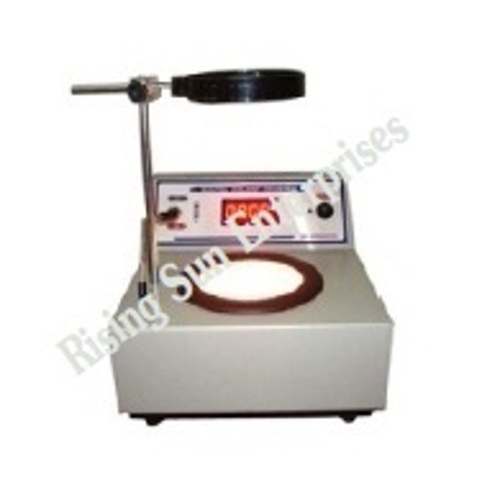Schedule a Call Back
Innovative technologies in motion control attract new entrants to the market
 Articles
Articles- Nov 12,24

Related Stories

US Semiconductor Policy Shift Threatens Motion Control Market Momentum
Manufacturers now weigh financial incentives against political involvement, softening the long-term outlook for US semiconductor expansion.
Read more
ABB India Launches ACS380-E Drive for Future-Proof Industrial Automation
The ACS380-E drive will support all common rotary motor types across global voltage ranges (100–600 V) and will deliver superior motor control for applications such as packaging systems, conveyors..
Read more
Alligator Automations Unveils Rs 0.4 Bn Pune Facility for Global Scale
With this expansion, Alligator Automations strengthens its position as India’s largest end-of-line packaging and robotic automation company.
Read moreRelated Products

Digital Colony Counter
Rising Sun Enterprises supplies digital colony counter.
Robotic Welding SPM
Primo Automation Systems Pvt. Ltd. manufactures, supplies and exports robotic welding SPM.

Heat Exchanger Scale Removal Compound -hesr-300
Hi There!
Now get regular updates from IPF Magazine on WhatsApp!
Click on link below, message us with a simple hi, and SAVE our number
You will have subscribed to our Industrial News on Whatsapp! Enjoy














